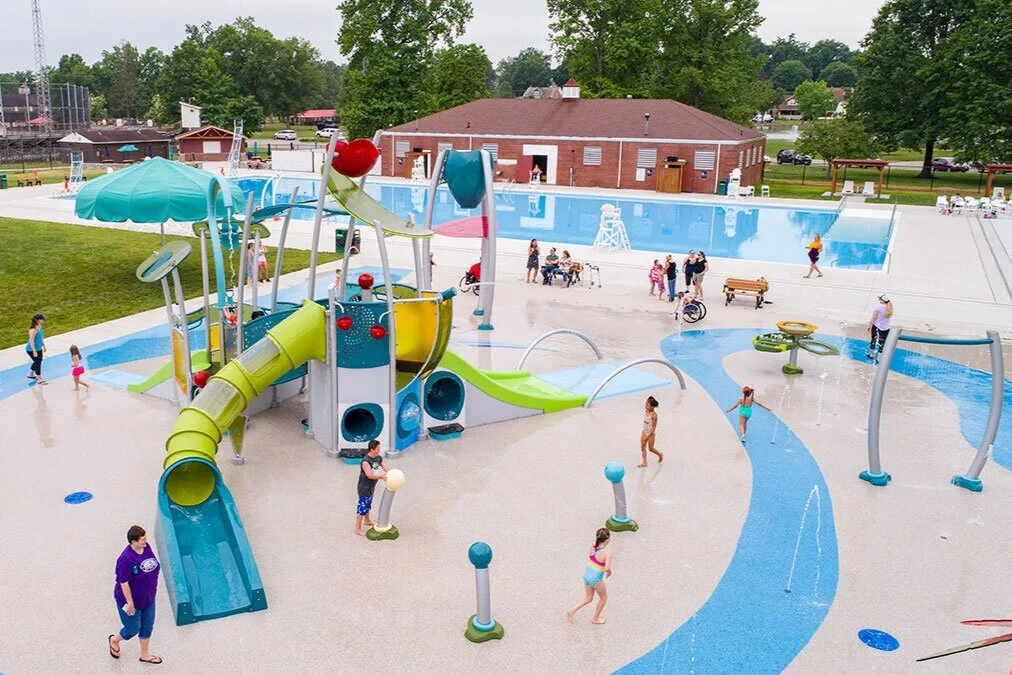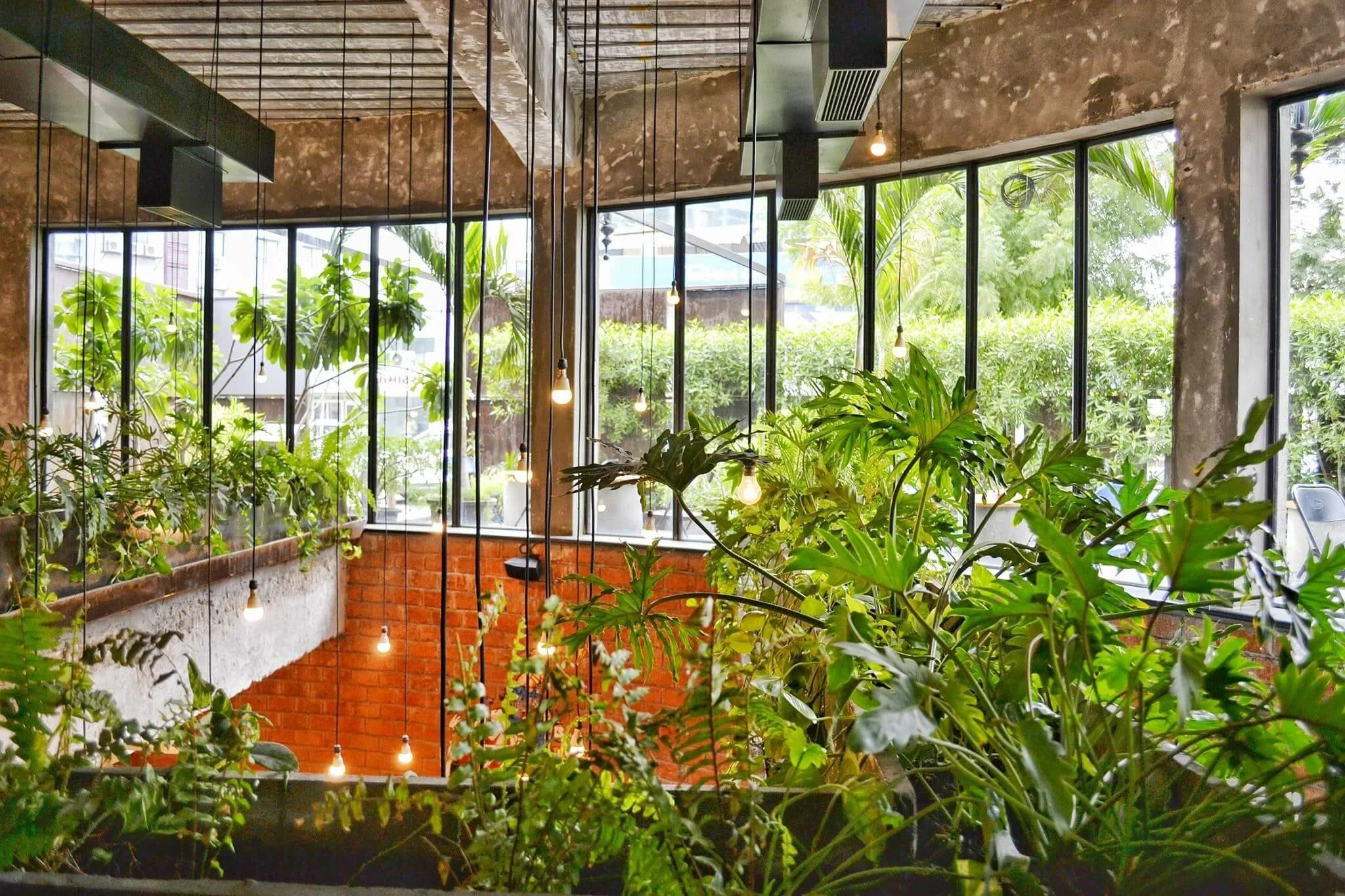Green Architecture: What Makes a Structure a "Living Building"
We all bear witness to the increasingly prominent efforts to preserve our planet for the sake of all of its inhabitants. The necessity of reconsidering the ways we live, work, dispose of waste, and build has become especially notable in the last few decades.
Climate change and nature's responses to human behavior so far give us a clear indication: We need to change if we are to keep our environment safe and healthy.
Although when it comes to lack of ecological conscience we often think of the fossil fuel companies first, the spheres such as architecture and construction aren’t to be overlooked either. The impact of buildings on the environment is very serious, especially in terms of energy use, waste disposal, and building materials.The notion of “green” architecture stands to improve the status quo when it comes to our building practices, and the interest it generates in the last decades gives us hope that things can be changed for the better.
The Short History of Green Architecture
image © pixabay
Although the idea of building homes, offices, and other constructed dwellings to be “green” is often linked to the movement that sprouted in the 60s in the US, the notion of building with and around the natural environment existed before this time. The famous architect and visionary Frank Loyd Wright believed in this principle and practiced it in the early 20th century.
Even though the interest in green architecture is not new, it is yet to leave a desired worldwide impact. With decades passing since its introduction, the costs of designing and building green have become more approachable. Although this is only the beginning of the journey, there are already many stunning green architecture examples around the world.
What Makes a Building “Green”?
According to the article “Green Architecture: A Concept of Sustainability “published on ScienceDirect, green architecture can be recognized by the environmental, social, and economic benefits it provides. Here are its main goals and advantages.
1. Green architecture should help reduce pollution, save natural resources and stop or avoid environmental degradation;
2. Green architecture should cut down the costs of water and energy for buildings’ operators;
3. Last but not least, the aesthetic appeal is a very important aspect when it comes to green architecture. This, however, doesn’t mean that a building should just be pleasing to the eye when perceived individually. It should also fit into the ambient and represent no or minimal strain on the environment.
The article explains the purpose and benefits of green architecture even further. According to the authors, the basic principles of green design include water systems, natural building, passive solar design, green building materials, and the topic of our discussion, living architecture.
What Does Living Architecture Stand For?
image © pexels
The authors remind us that some old buildings we might have seen in the past can be perceived as early examples of living architecture. If you ever happened to walk by a house with walls covered in opulent vegetation, you know what they had in mind.
There are two basic aspects of green architecture in modern times. Its ability to store and filter water and purify the air, for example, combined with the aforementioned biophilia, among other things, helps keep the buildings cool in the summer and warm in the winter, reduces carbon emissions, and provides homes for birds and insects.
Today, green roofs and green walls represent the two forms of living architecture that are gaining popularity in various construction projects around the world.
The Most Beautiful Examples of Living Architecture on the Globe
image © pixabay
Although there’s still a long way to go before green architecture can make a larger impact on the way we think about buildings, there are some notable efforts around the world that should be explored for future reference.
Here are only a few breathtaking examples that illustrate how beautiful and sustainable the world built on the principles of green architecture can really be.
China's eco cities. China, the emerging “economic powerhouse”, has come a long way in the last 40 years.
The Secular retreat designed by Peter Zumthor. Described in The Guardian as “a gliding swan (...) that strikes a perfect balance between inside and out”, this example of living architecture leaves a mark and an impression that’s hard to shake.
The Toronto Tree Tower designed by Chris Precht is a breathtaking construction that marvelously combines living plants and the body of the complex. As the author himself testifies, we need “sensible buildings that make us feel alive. That’s my dream of the future.”
The Eden project biome buildings. Inspired by something the creators call biomimicry, these impressive buildings are the sight to be seen.
About the Author: Justin is a blogger from Leicester, England, UK. When not teaching his little students and rooting for Leicester FC, he loves to share his thoughts and opinions about education, writing for best essay writing service uk and best paper writing services.
cover image © pexels









